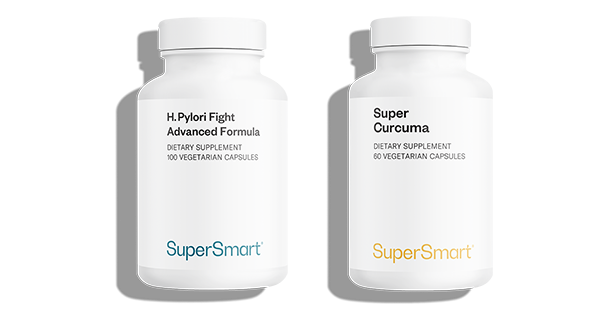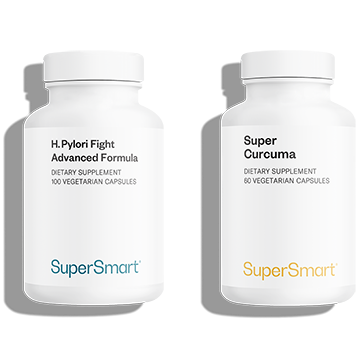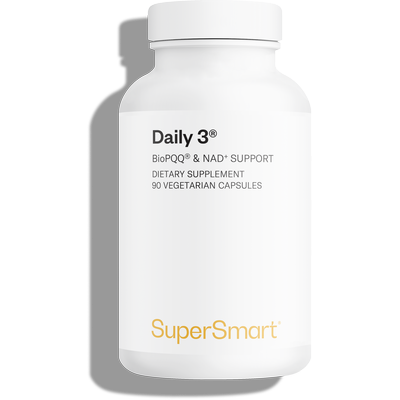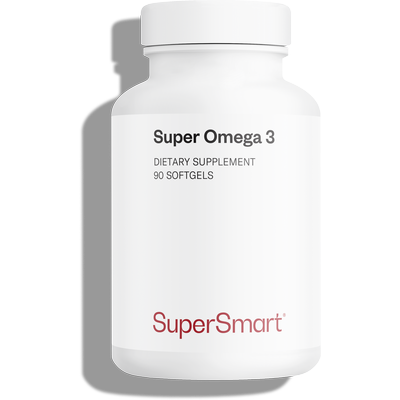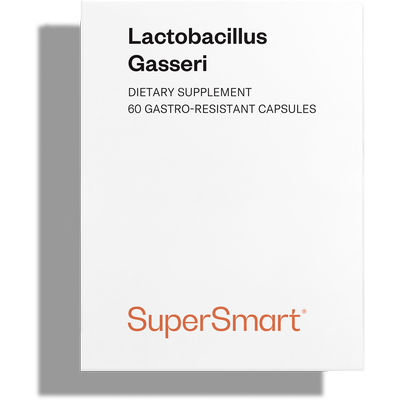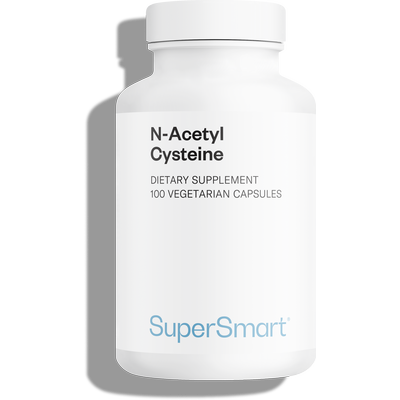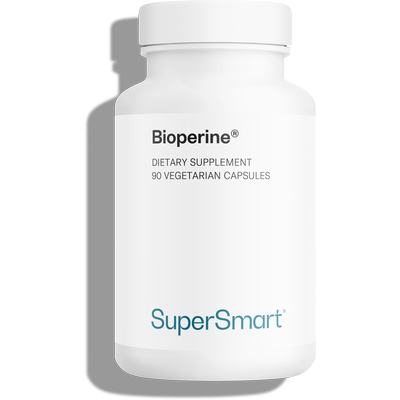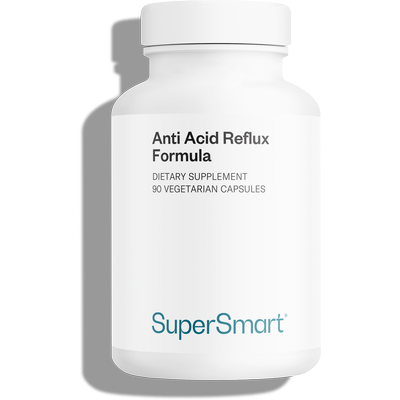In stock
H. Pylori Fight Advd Form+ Super Curcuma
Complete your selection
What is in H. Pylori Fight Advd Form+ Super Curcuma
Any questions?
Our team of nutrition experts and scientists has the answers.
Originating from South Asia, Curcuma, or turmeric, is a perennial herbaceous plant and a member of the ginger family. It is particularly valued for its rhizomes (the underground parts) from which the yellow-orange spice is obtained. Though the spice is primarily known as a culinary ingredient, Curcuma also has a number of health benefits.
Helicobacter pylori is all the more insidious because it develops quietly, often over several decades. Indeed, over the long term, it’s thought to cause lesions and peptic ulcers (affecting the stomach and/or duodenum, the first part of the small intestine) in 10% of those infected (14).
Very rarely (in around 1% of cases), carriers of the bacterium will go on to develop gastric cancer. Though this is extremely rare, H. pylori does appear to be responsible for almost 80% of stomach malignancies, hence the importance of establishing a treatment strategy as soon as possible after diagnosis to minimise this risk (15).
H. pylori is susceptible to only a handful of anti-infectious molecules. If the sensitivity of the bacterium could be tested, conventional treatment is based on a triple therapy combining a proton pump inhibitor (PPI) and antibiotics. Otherwise, an empirical quadruple therapy combining a PPI, antibacterial agents and/or bismuth salts is usually prescribed (19).
However, antibiotic treatment is far from infallible: it fails in 10%-20% of cases. As well as poor adherence to treatment, this failure seems to be new evidence of antibiotic resistance (20). The scientific community is also alarmed by the high primary resistance rate of H. pylori to certain treatments worldwide. The World Health Organization (WHO) has therefore classified this bacterium as a “priority pathogen for the research and development of new antibiotics”.
This product’s capsules are composed of HPMC (hydroxypropyl methylcellulose), a plant substance derived from cellulose. HPMC is widely used for medicines and dietary supplements. It contains no animal ingredients, is recognised as safe by health authorities and is considered more sustainable than synthetic alternatives.
H. pylori causes chronic inflammation of the stomach (gastritis) which usually goes unnoticed (12): the vast majority of people infected will remain asymptomatic throughout their lives. Certain individuals, however, will suffer recurring digestive discomfort (pain and/or acid reflux, belching, nausea, vomiting, loss of appetite …) suggestive of H. pylori (13), though this not typical and is sometimes attributable to other causes.
In the absence of any emergency criteria, H. pylori infection can be ruled out by a blood test which detects IgG antibodies against the bacteria: a negative result automatically excludes contamination (16). There are two other lab tests that can be performed to detect the bacteria: the stool antigen test and the urea breath test (usually used at a later stage to monitor elimination of the bacteria following treatment) (17).
In the case of a positive result, a family history of stomach cancer or a particular clinical context (chronic dyspepsia, scheduled bariatric surgery, unexplained deficiency in vitamin B12 ...), an upper endoscopy or fibroscopy is the gold-standard diagnostic procedure (18). Taking and culturing a sample of cells from the stomach wall (biopsy) will confirm the presence of H. pylori and test its susceptibility to available antibiotics by establishing an antibiogram. Another advantage of an endoscopy is that it can reveal potential ulcerative or pre-cancerous lesions caused by the bacteria.
This product’s capsules are composed of HPMC (hydroxypropyl methylcellulose), a plant substance derived from cellulose. HPMC is widely used for medicines and dietary supplements. It contains no animal ingredients, is recognised as safe by health authorities and is considered more sustainable than synthetic alternatives.
Need help?
You may also like

